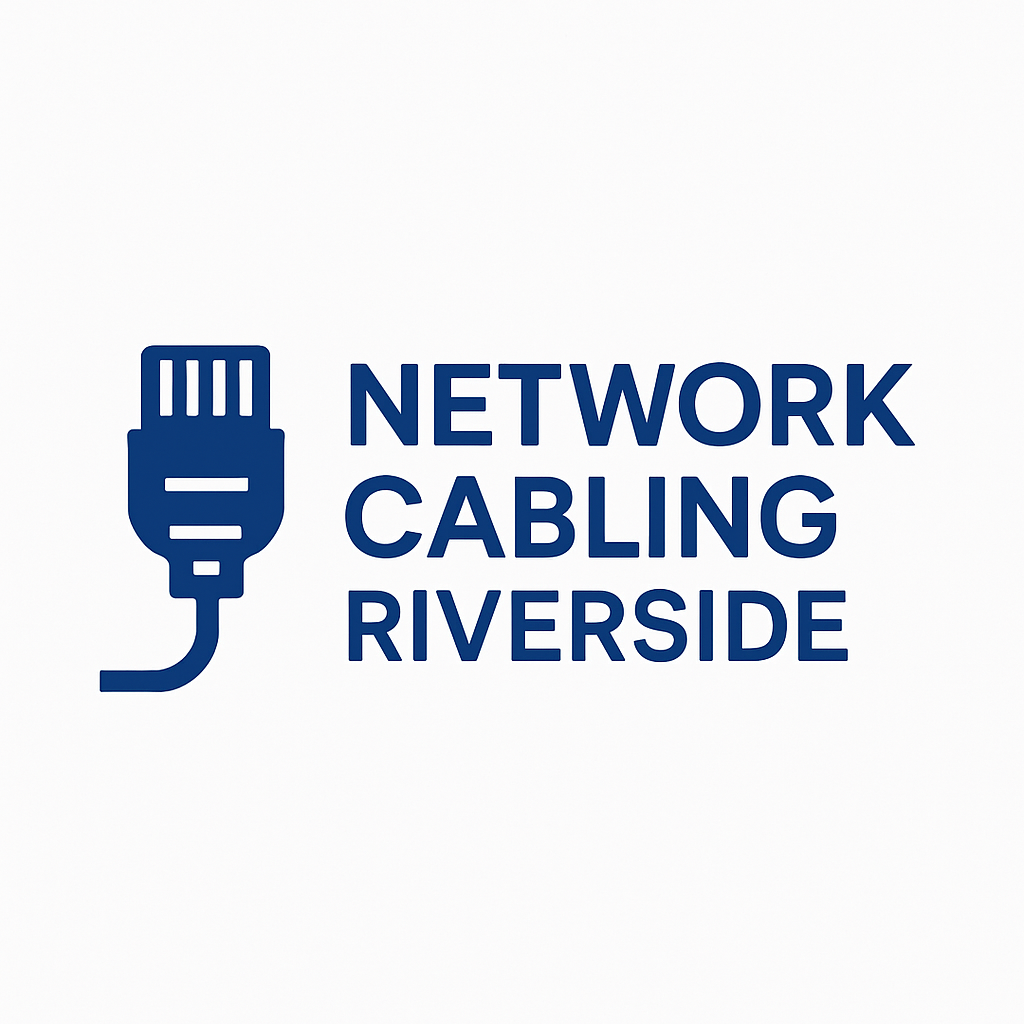Cat5e vs Cat6 Installation in Riverside, CA: Differences, Benefits, and Tips
When planning a network upgrade or a new installation, one of the most common decisions is choosing between Cat5e and Cat6 cabling. Both are types of Ethernet cables, but they differ in performance, speed, and future-proofing. Understanding their differences is essential for anyone in Riverside, CA, whether for home networks, small businesses, or commercial setups.
Understanding Cat5e and Cat6
Cat5e (Category 5 Enhanced) is an improved version of the original Cat5 cable. It supports speeds up to 1 Gbps over 100 meters and reduces crosstalk, which is interference between wire pairs. Cat5e is still widely used in residential and light commercial networks due to its reliability and affordability.
Cat6 (Category 6) offers higher performance. It can handle speeds up to 10 Gbps for short distances and has stricter specifications to reduce crosstalk and system noise. Cat6 cables often include a physical separator between wire pairs, which helps maintain signal quality over longer distances.
Key Differences Between Cat5e and Cat6
| Feature | Cat5e | Cat6 |
|---|---|---|
| Maximum Speed | 1 Gbps | 10 Gbps (up to 55 meters) |
| Bandwidth | 100 MHz | 250 MHz |
| Crosstalk Protection | Moderate | High |
| Maximum Length for 10Gbps | Not supported | 55 meters |
| Cost | Lower | Higher |
Understanding these differences helps homeowners and businesses in Riverside make informed decisions based on current needs and future expansion plans.
Installation Considerations
When installing Cat5e or Cat6 cables, several factors should be considered:
- Cable Length: Cat6 performs better over shorter distances for high-speed applications. Longer runs may require Cat6a for maximum performance.
- Environment: Avoid running Ethernet cables near electrical lines or devices that can cause interference.
- Connectors and Jacks: Using compatible RJ45 connectors ensures optimal performance. Cat6 jacks are slightly thicker and may not fit all existing outlets designed for Cat5e.
- Future-Proofing: If planning for higher speeds or advanced applications like 4K streaming, video conferencing, or large file transfers, Cat6 is generally a better investment.
Benefits of Choosing the Right Cable
- Faster Network Speeds: Cat6 allows for higher data transfer rates, reducing lag and improving efficiency.
- Better Signal Quality: Reduced crosstalk ensures a more stable network connection.
- Future-Proofing: Choosing Cat6 can prevent the need for frequent network upgrades.
- Cost Efficiency Over Time: Although Cat6 is more expensive upfront, it can save money in the long run by supporting higher speeds and modern applications.
Common Use Cases
- Cat5e: Suitable for small home networks, basic internet usage, and light office tasks.
- Cat6: Ideal for businesses, gaming setups, streaming services, and environments requiring high-speed connectivity.
Installation Tips for Riverside Residents
- Plan cable runs before drilling or opening walls to avoid unnecessary damage.
- Keep cables away from heat sources, fluorescent lighting, and electrical wiring to reduce interference.
- Label cables during installation to make future troubleshooting easier.
- Test the network after installation to ensure all connections meet desired performance standards.
Frequently Asked Questions
Conclusion
Choosing between Cat5e and Cat6 in Riverside, CA, depends on your network needs, budget, and future goals. Cat5e is reliable for standard applications, while Cat6 offers higher speeds, better performance, and longevity for modern networks. Understanding these differences and planning installations carefully ensures a stable and efficient network for homes and businesses alike.
